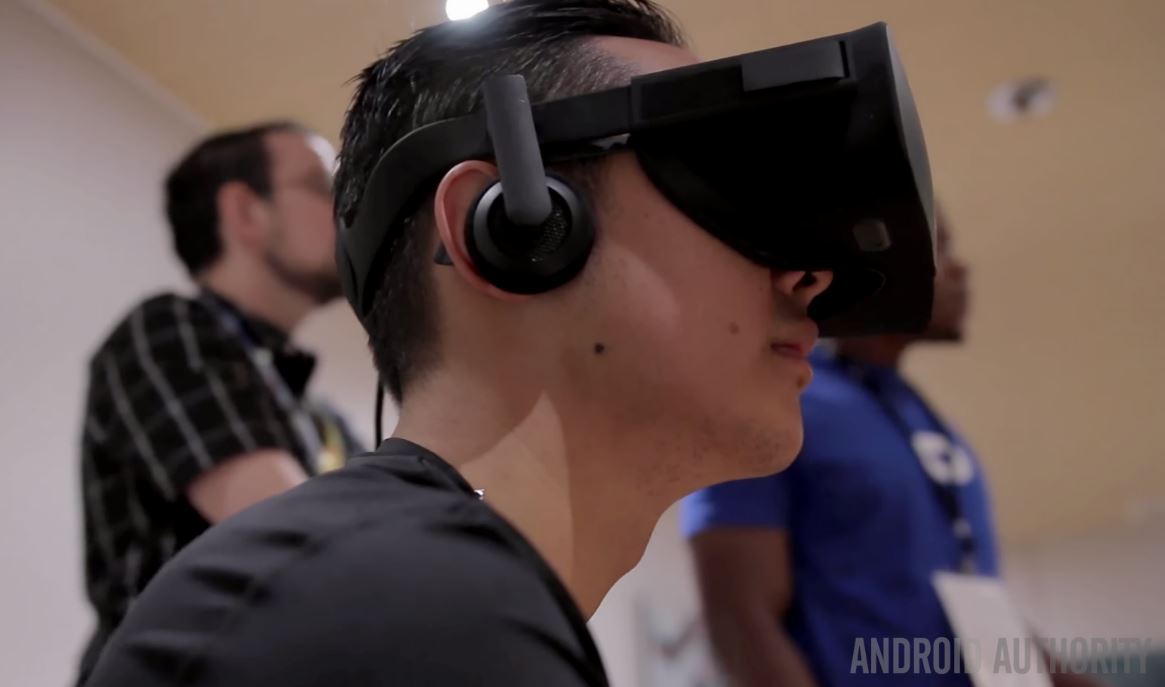Affiliate links on Android Authority may earn us a commission. Learn more.
Wireless VR vs tethered VR: which is best for you?
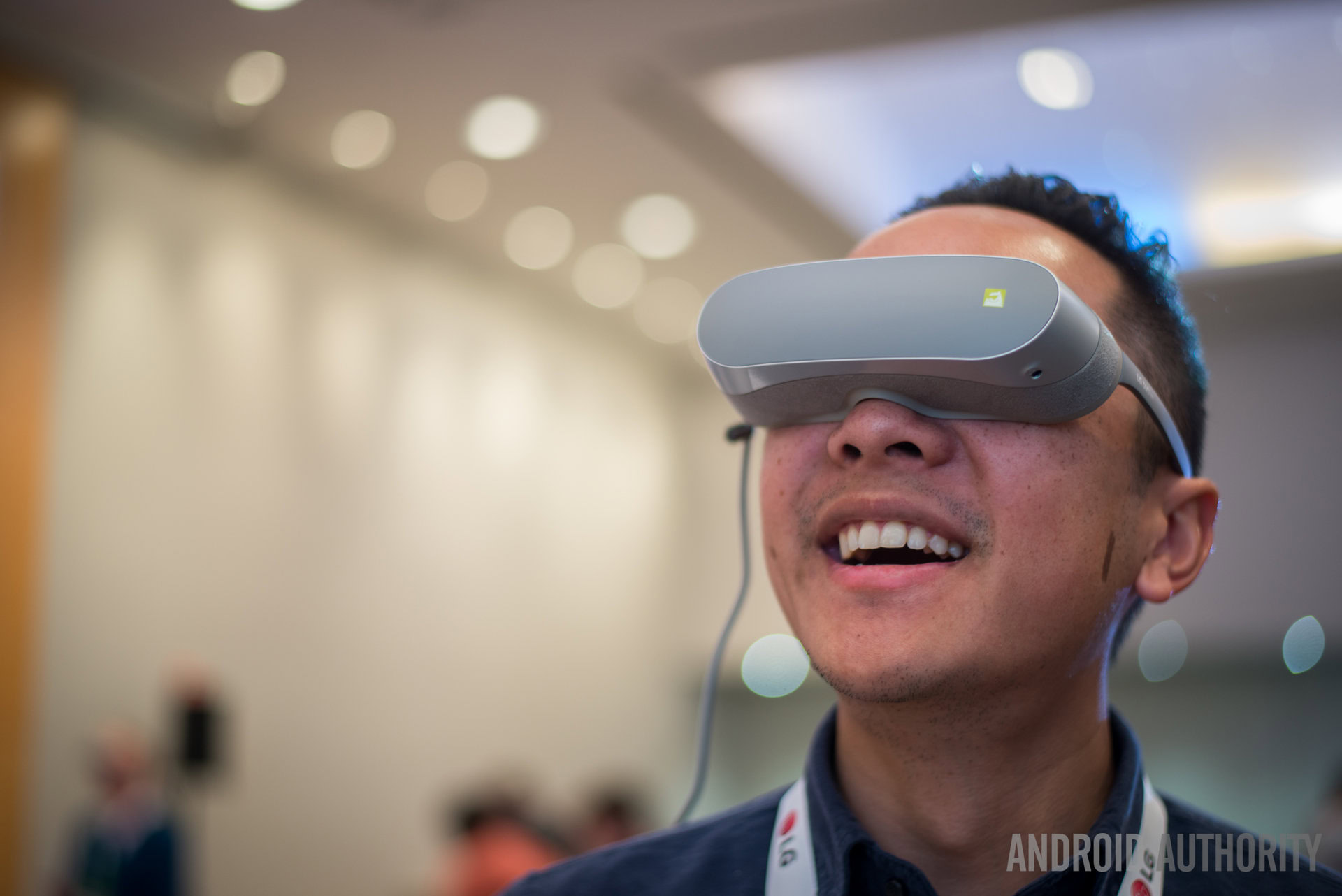
Chances are that if you don’t buy a virtual reality headset in 2016, you’ll at least try one (if you haven’t already). 2016 is the year all the big VR products will be hitting shelves: Oculus Rift, HTC Vive and PlayStation VR for starters. They’ll join the plethora of mid-range and budget offerings already doing the rounds, but there’s one big question you need to ask yourself: is tethered or wireless VR better for you?
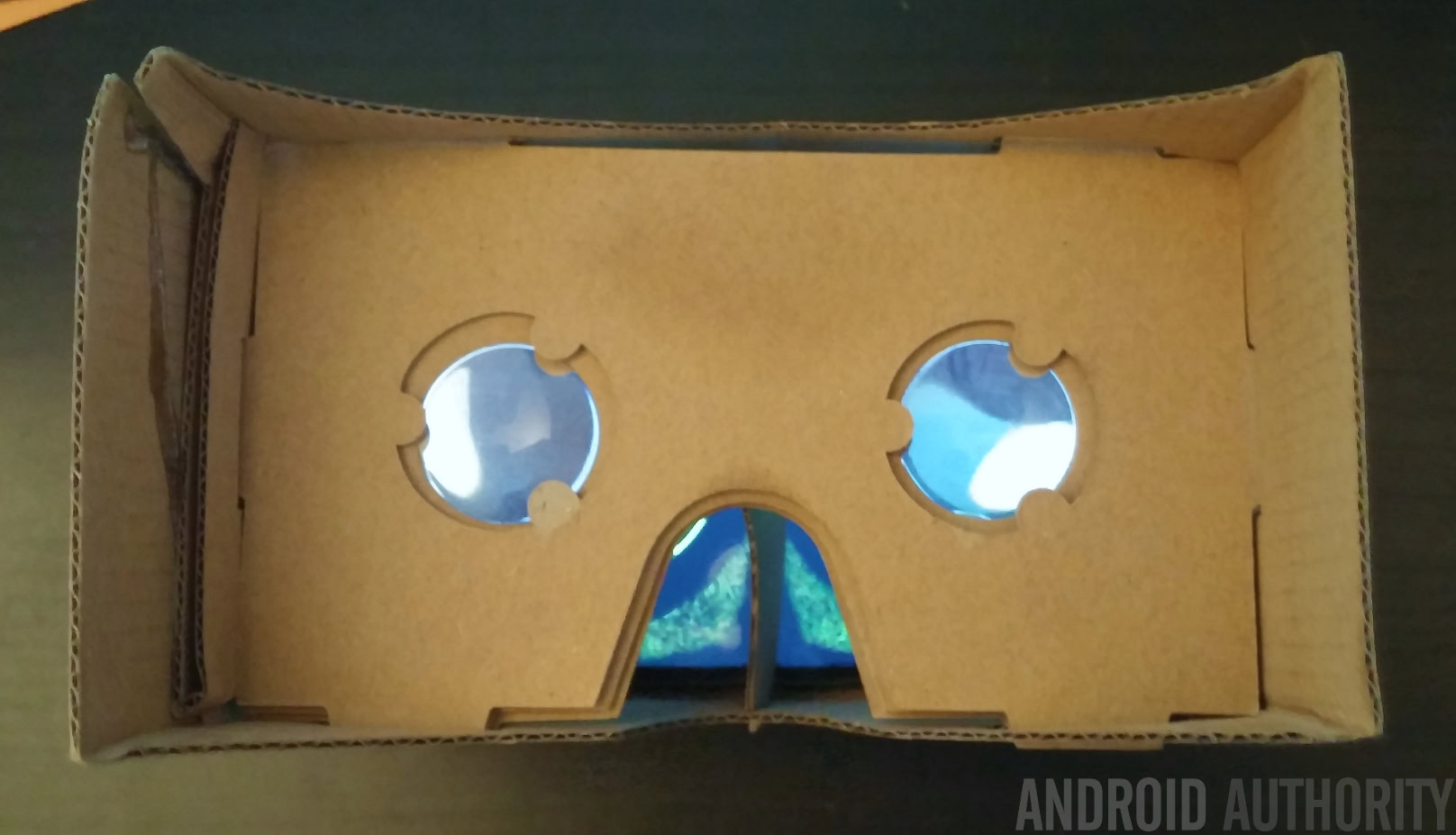
Wireless VR
At the moment, the most familiar kind of VR headset is wireless. These include the primarily cheaper devices into which you slot your smartphone like Google Cardboard, but mid-range products like Gear VR are also wireless. The Microsoft Hololens is the most obvious example of a fully untethered high-end experience, but it is an augmented reality headset, not virtual reality. Obviously, the biggest benefit of wireless VR is complete freedom from cables, but they also tend to be heavier and less comfortable.
The biggest benefit of wireless VR is complete freedom from cables, but they also tend to be heavier and less comfortable.
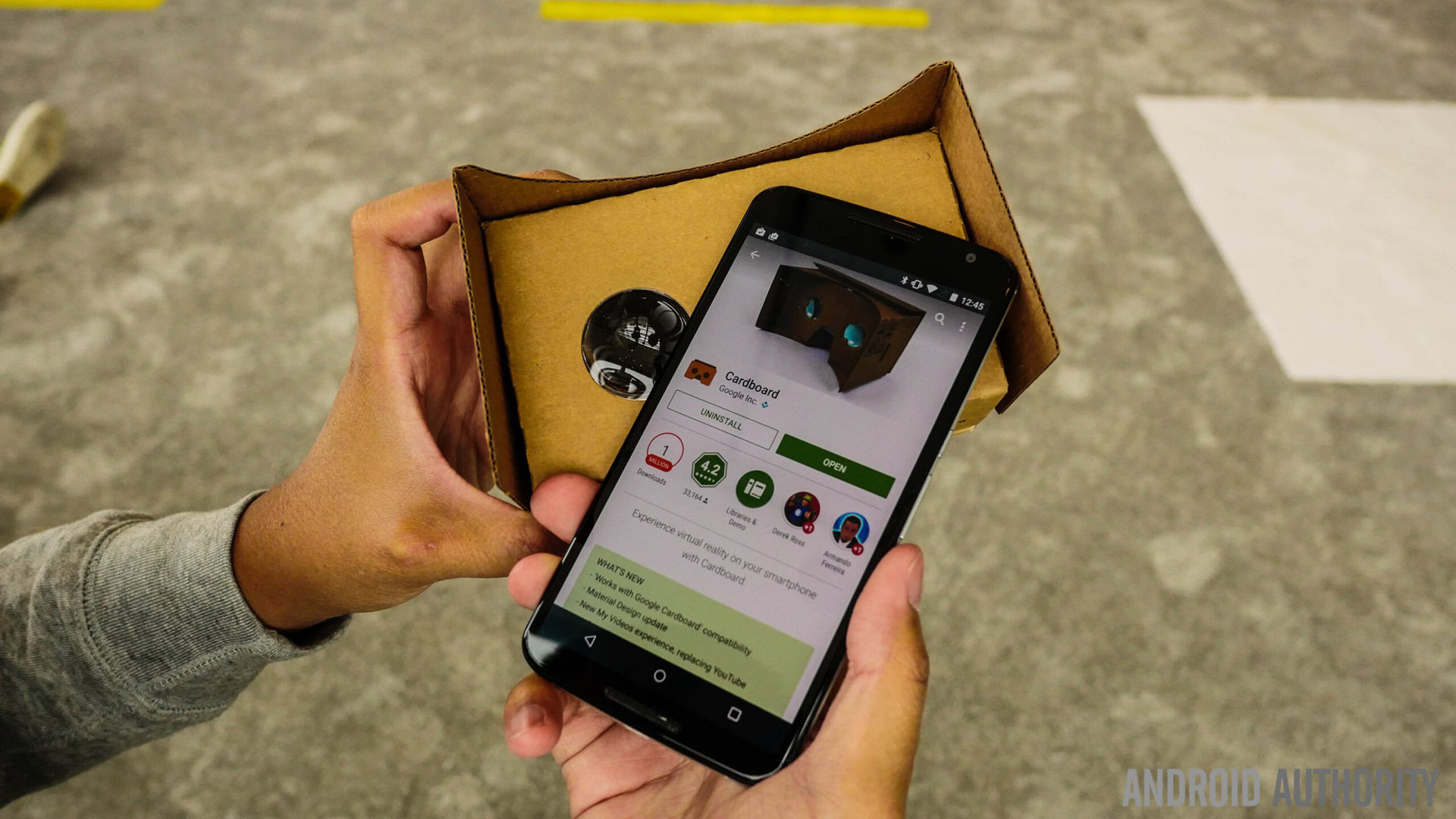
Tethered VR
You might be wondering why all the high-end VR headsets are tethered then? One of the primary reasons is latency. Latency is the delay between what you see and do and how quickly that is processed and played out in the VR world. If there is noticeable delays between physical movement and VR-world movement, the most common side effect is nausea. Naturally, keeping latency to a bare minimum – somewhere below 20 ms – is ideal, but the smaller that number the better. This is currently only achievable via a cabled connection.
The other main reason is processing power. If your VR unit is fully self-contained then that means you need to have all the hardware, as well as a power source, in the head mounted display (HMD). On cheaper VR headsets this is all provided by your phone. It has more than enough power and battery to give you a mid-range VR experience. But when things start getting more complex and processor-heavy, that’s when expensive gaming PCs and a tethered connection are necessary.
When things start getting more complex and processor-heavy, a tethered connection is necessary.
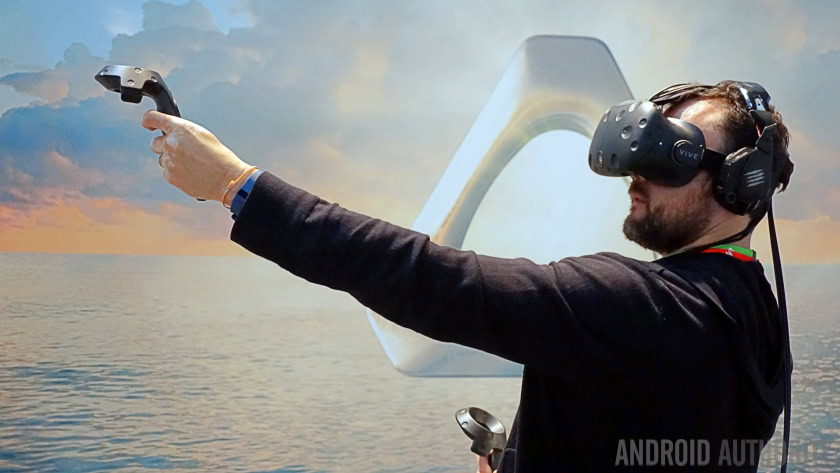
Lenses
Another thing to consider is that a smartphone-reliant VR headset has a flat display with less advanced lenses than more expensive headsets. Because your phone slides into it, there’s no way to deliver curvature, change the inter-pupillary distance (IPD) or manage distortion in a fine way. These things are again only really possible with a standalone HMD, because they have their own special display or displays that work in concert with the lenses inside in a more complex way.
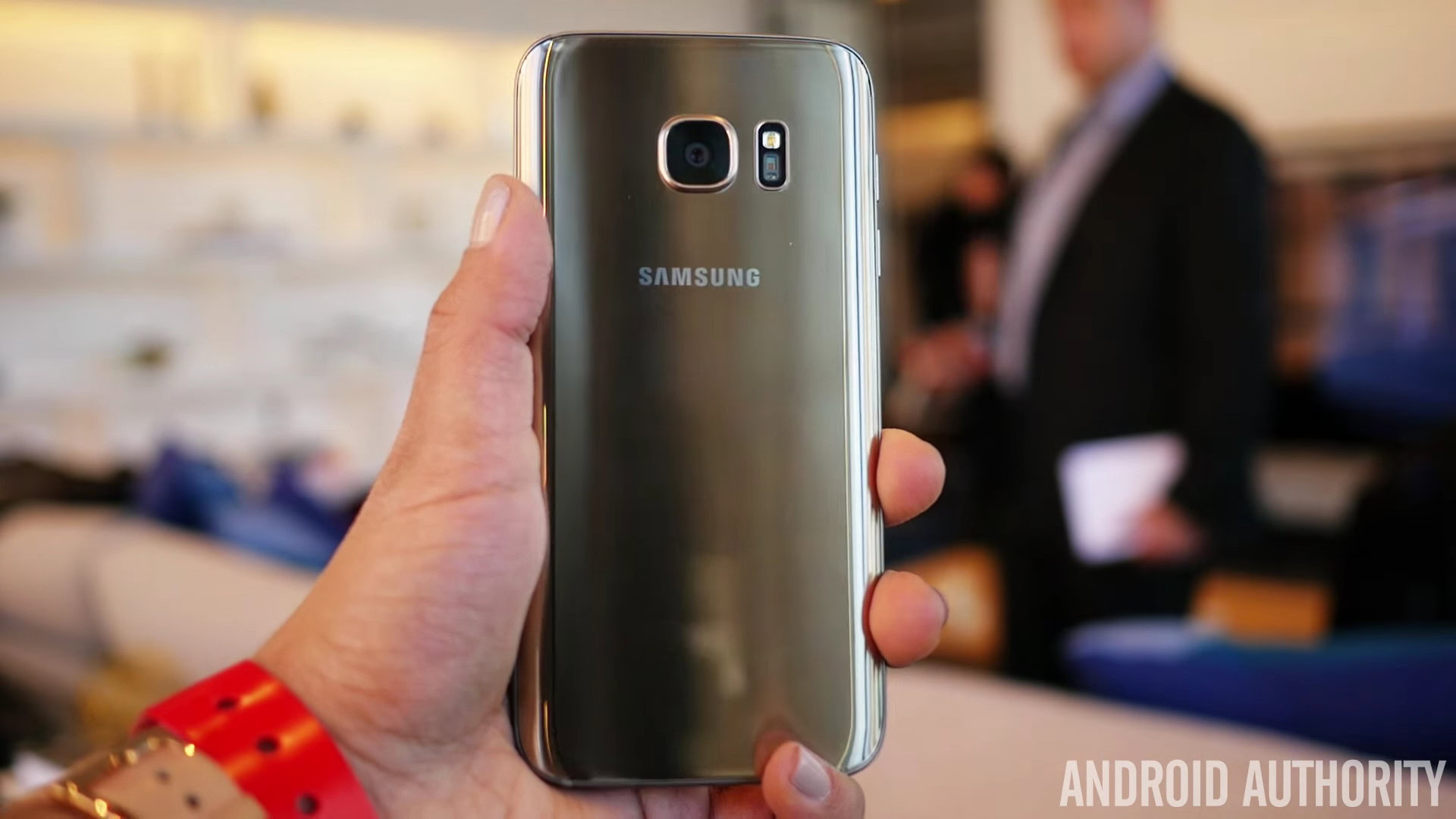
The best of both worlds
LG’s new 360 VR, however, sits somewhere in the middle. It has its own lenses and display but it is tethered to the LG G5 with a USB cable. You can control things either with buttons on the HMD itself or by tapping and long-pressing the smartphone display. Audio can come from a headphone jack on the HMD or via the phone’s headphone port. It’s still limited by the smartphone’s processing power but by having its own lenses it’s much better adapted to VR than Google Cardboard.
The other big upshot of a cabled smartphone connection is that the 360 VR is much lighter and arguably more comfortable than something like the Gear VR, and it also allows for fine-tuning of the optics. While it may seem clumsy, it’s really not much different than the first Sony Walkman, which also prioritized a lightweight head unit powered by a cabled device.
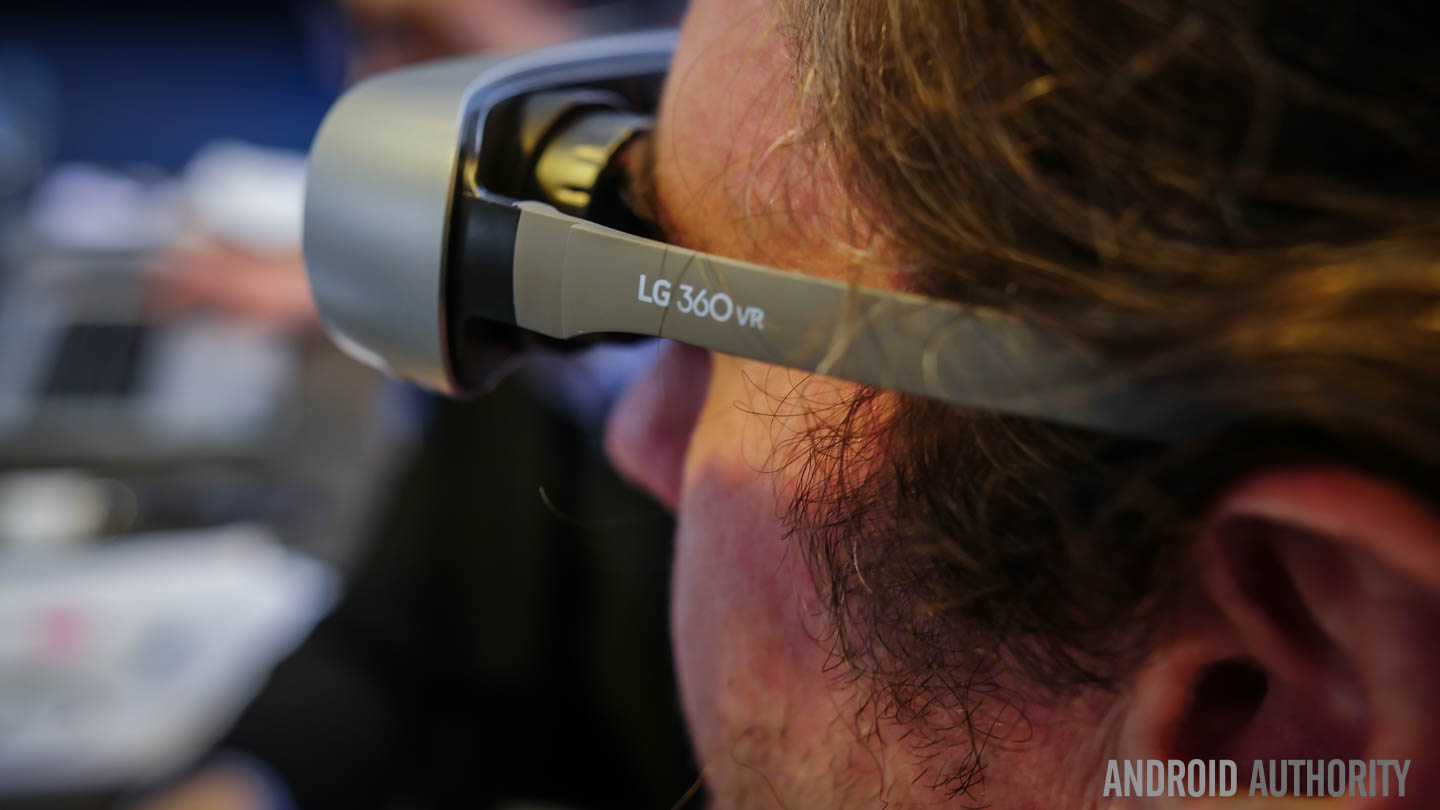
Tracking and sensors
Smartphone-based VR currently lacks positional motion tracking, unlike the more expensive units about to hit the market.
Smartphone-based VR also lacks positional motion tracking, unlike the more expensive units about to hit the market. While this comes more from static motion sensors or cameras than the HMD itself, that data still needs to be transferred to the HMD. The only way to do this quickly, without nauseating latency, is via cables. Wireless units with cameras could potentially solve this problem, but we don’t have those yet.
[related_videos title=”VR REACTION VIDEOS:” align=”center” type=”custom” videos=”644610,666155,593454,644629″]
Truly self-contained VR
Another factor to consider is that all VR products on the market or about to hit the market are not truly self-contained. Even fully wireless devices like Gear VR still rely on a smartphone for the processing. Likewise, tethered VR units need a PC to power the experience. The simple fact is that there is currently no viable mid-point between wireless, smartphone-powered HMDs and tethered, PC-powered HMDs. Google is reportedly working on one, but who knows if or when we’ll see it.
The best we can really hope from Google’s venture, or any other fully self-contained VR unit, at least in the foreseeable future, is to simply put all those smartphone components into the HMD itself. That means processor, RAM, GPU, battery and so on, but it also means proper lenses and display that don’t require an external processing source like the LG 360 VR. But unless someone manages to cram some seriously hard-core components into a relatively lightweight HMD, the experience won’t be much more powerful than what you’d currently get from a Galaxy S7 in a Gear VR.
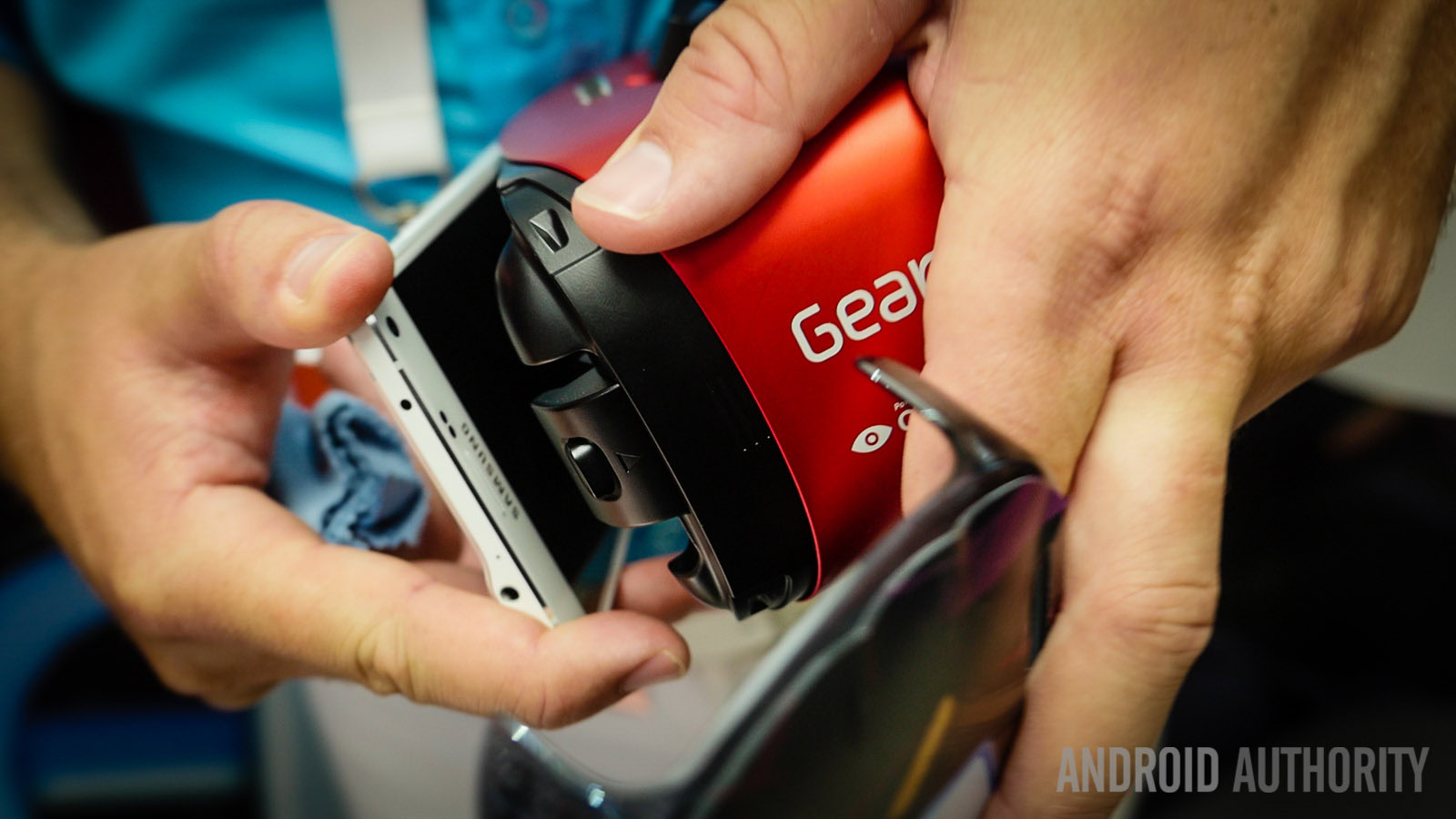
Externally powered wireless VR
The only other solution is to have a standalone HMD that communicates wirelessly with a more powerful base station, not a phone or PC, but something somewhere in the middle. It could be a little larger and heavier than a phone, to provide a more powerful VR experience than a smartphone allows, but it would also need to be capable of sending and receiving data to and from the HMD, motion sensors and any wireless controllers you are using. To do all this without excessive latency is the holy grail of virtual reality.
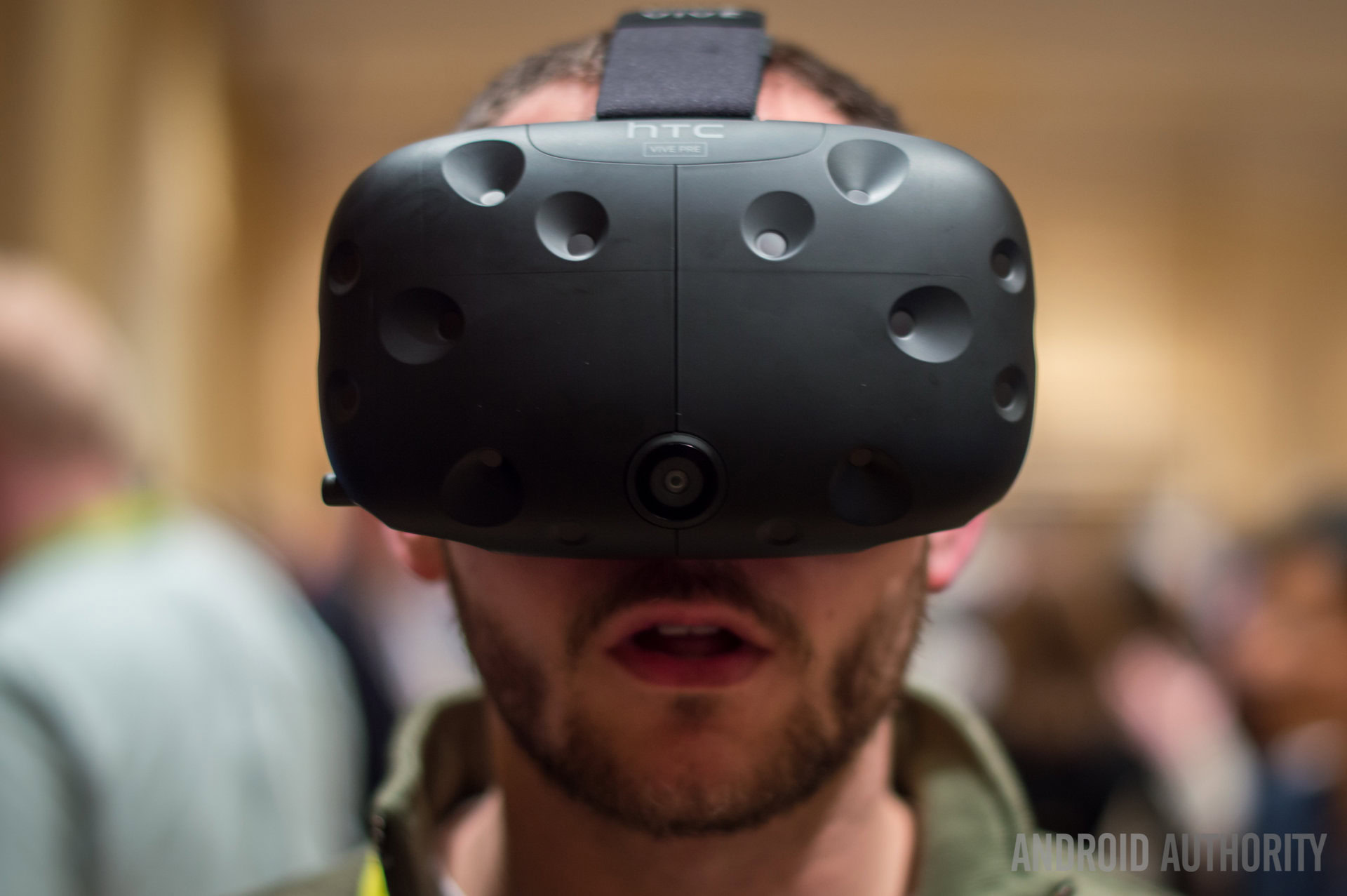
Wrap up
To break it all down for you, the options are pretty straight-forward. If you just want a taste of VR and don’t want to spend too much money to get it, then wireless is for you. Just use your current smartphone with Google Cardboard or Gear VR and you’re away. But you won’t get positional tracking, adjustable lens or controllers, among other things. But if you want a truly impressive VR experience with the proper optics, then cabled is the only way to go right now, whether it is still smartphone-powered like the LG 360 VR at the low end or PC-powered like the HTCVive or Oculus Rift at the top end.
If you just want a taste of VR and don't want to spend too much money to get it, then wireless is for you.
Of course, there are tons of other considerations too, like resolution, refresh rates, controllers, motion tracking, haptics, future-proofing and more, but those are more in-depth topics for another day. If you’ve tried both wireless and tethered VR, do let us know your thoughts on the pros and cons of each in the comments below. We’d love to hear your thoughts on the future of VR too: how long do you think it will take for today’s high-end VR experiences to become tomorrow’s wireless VR standard?
